Why is it important to understand product adoption? Because you need to understand it to have a B2B SaaS strategy in place. The logic is simple. How often have you visited a Costco or Walmart only to look at the product and shop for nothing? Apply the same here. Bringing your leads and prospects into the funnel and nudging them to try is not enough. You want them to convert into customers and long-term loyal brand ambassadors. Product adoption is all about this. It is about turning those window shoppers into loyal, paying, repeat customers.
In this blog, you will learn everything about SaaS Product adoption that will help your startups kickstart their journey toward achieving maximum product adoption.
What is product adoption?
When you ask about product adoption, it describes the user journey from the initial interest to an active interest in a product. When can you confidently say a 'product' is adopted? When the user has moved from trying the product to investing in it as a solution.
Most SaaS startups focus on customer acquisition. This is good, but we want those visitors to try the product, like it, and eventually sign up for the product.
Why does product adoption matter?
Each one of us wants to believe that our product is the best! Startups require that daily dose of motivation and boost. But none of that matters if you cannot make your existing customers feel that way or deliver a great product experience to your leads and prospects.
SaaS startups need to remember one thumb rule: Focus on closing deals and watch out to ensure existing customers are interested in your product. Hence, they stay for as long as possible and become your loyal brand advocates.
You must pay attention to existing customers and track their experience with your product. This will help you upsell to them.
If you can understand the real purpose of product adoption, it can help you:
- Reduce churn (churn is the measure of how many customers stop using a product)
- Nurture higher customer satisfaction
- Increase customer retention
- Reduce cost-per-acquisition
- Encourage product users to be loyal to your company and its offerings
What is the product adoption curve (lifecycle)?
When we say "curve," we refer to a regularly distributed bell curve in statistics.
Now, note that the X-axis represents time, while the Y-axis represents the number of individuals at any particular moment.
The average time it takes for someone to start using a new product occupies the top of this "bell."
The rising curve on the left shows those who accept a product faster than the average, while the downward trending curve on the right represents people who adopt a product slower than the average.

Innovators
Remember the ones in your gang who are always ready to watch any movie? Those very hyper, excited people. Yes, it is them. They are the first users who are ready to adopt your product.

But to your dismay, innovators only make up 2.5% of the market, according to the research conducted by UserPilot. Innovators love to be challenged with new technologies, try them out, and are always up for sharing their suggestions. But as a downside to their excitement, they will move on to trying other products very soon and do not believe in sticking to one product.
Early adopters

The movie has made it to the screens. You know a few who want to be at the theatres for recreation and have some extra money to spend. Yes. They are your early adopters who are attracted to try a product because of a need and existing budget.
Early adopters are thought leaders of an organization who are always on the quest to find an innovative solution to their most significant pain points. One thing that early adopters love is amazing customer support for any issues that come up. But one thing that they hate is any form of bugs and glitches in your product.
Early Majority

Don't confuse them with early adopters. There is a very clear and significant difference between these user groups. They are your friends in the gang who wait for movie reviews and understand if it is worth investing the time, money, and effort. The early majority is ready to use your product only because it is already known in the market and has a fair reputation.
Now, convincing this group of users is a challenging task because they are not the best examples when it comes to risk-takers. This is one of the major differences that separate them from the early adopters. Though it is a challenging task, it is not impossible. All you need to do to get to this group of users is strike a strong chord of trust, assurance, and credibility. Once you do that, converting them to loyal users is easy, as they often look for a long-term solution.
Late Majority

Now, we have an overlapping segment of users with the early majority. These are the ones that wait for the movie review from a peer/family member/ colleague before watching the movie. But there is a differentiator between the Early Majority and Late Majority. The latter is even more risk-averse, which makes them very intolerant of bugs or other technical issues. The late majority will move towards product adoption only when they feel secure about their decision. That's why testimonials and genuine reviews work the best when it comes to this segment of users. Get enough insights and feedback from innovators, and early adopters tend to leave feedback and insights on what they think and have experienced using the product or service. Collect them, document them, and use them to motivate the late majority users.
Laggards

We have finally reached the most challenging set of users. They are the ones who have strong convictions and instincts about movies based on trailers or cast, or technicians. And are very reluctant to even give it a try. They are hard to crack nuts when it comes to product adoption. The most common qualities of a laggard include being skeptical, technology-averse, resistant to change, or simply lack of knowledge of the product. And often, they are more comfortable with what they know. The only way to get those laggards to try a product is to create an absolute necessity for them.
What are the product adoption journey stages?
1) The first Ahah moment!
During this stage, the user identifies your product and realizes its true potential to resolve the pain points of their struggle.
Now, we have to move the user from Aha to Advocate.
2) Activated
The "Aha! moment" is the instant enthusiasm towards your product. Realizing the product's value is good, but users will move to the "activated" stage only when they experience the value of the product.
3) Selected
Users will be willing to try many products until they find the one that fits their goals. In the "Selected" stage, the user decides whether the product works best for them, takes a decision, and moves forward. In the process, they stop using other products.
4) Paid
The most obvious next stage is "Paid." The user evaluates and decides if your product is worth investing in or not. This does not happen easily. It requires a lot of effort and conversion strategies to move the user from "Selected" to "Paid."
5) Basic
Now, you have the user using your product. But that isn't enough for sure. The "Basic" user does not realize the full potential of the product. This means there is a lesser chance for them to turn into brand advocates if we do not seize the momentum now and capitalize on the situation.
6) Pro
"Pro" users are already familiar with every feature of your product. They're actively maximizing the value of your product and completely believe in its potential. These are your "power users" who add to the value of your company and make sense to every effort you invest in to cultivate them.
7) Advocate
Finally, here we come to our precious "Advocate." They are the ones who completely trust our product and go out of their way to recommend it to others. Treasure the efforts they make and put in efforts to retain them for a long time.
Yes! We have unlocked a new understanding, a very important one too. When you understand these stages, it is easier to segment users and work on helping them move to the next stage.
How do you measure product adoption?
Now that we are very clear about product adoption and its entire journey let's understand if the time and effort we put into these are worth our investment. But how to do it? Simple! Understand these SaaS product adoption metrics.

Adoption rate
One of the most important metrics to evaluate product adoption. You've spent money and time acquiring users. But how will you know how many of these subscribers are actively using your product?
Quick! Here's the formula you should use to calculate:
Adoption rate = Active users / Subscribed users x 100
Time To First Value (TTFV)
The next important metric focuses on how quickly your prospects move to the next stages, i.e., from trying your product to activating it and finally experiencing its value.
One good news here! There's no formula for this metric. You just have to measure how long it takes someone to activate the usage of your product and try to shorten the time.
Product Qualified Leads (PQLs)
Now, this is a very familiar metric in the SaaS startup world. A Product Qualified Lead (PQL) is a user who has extracted value from adopting your product as a result of a trial version or hands-on experience of any feature that you've offered. The only key here is the utilization of the product. When we put in the right efforts, they can move one step further than a qualified marketing lead (MQL).
Taking a look at how many PQLs end up adopting your product is a true metric that reveals the health of your sales process.
Product Activation Rate (PAR)
The Product Activation Rate measures how soon and efficiently new users of your product perceive its value.
PAR helps you count the number of new users who have completed a predefined action in a stipulated time period. One key note here is the significant activity performed is expected to provide preliminary customer value.
PAR is calculated as:
Product activation rate = Number of users that reached the activation point / Number of users who signed up X 100
Feature Adoption Rate (FAR)
PAR helps you look at how users of your product view the overall value of your product. But FAR is how users look at your specific features.
Feature adoption is a significant metric in SaaS product adoption as it refers to the potential customers "adopting" a certain functionality of your service and eventually will try out the other features too.
The features adoption rate formula is:
Feature adoption rate = Number of active users for a given feature / Number of user logins for a given period X 100
Customer Lifetime Value (CLV)
How to reduce churn? To motivate more prospects to adopt your product which means the value per customer throughout the time spent with you increases. And this is called customer lifetime value (CLV).
Here's the formula to calculate CLV:
Customer lifetime value = Customer value X Average customer lifespan
We can focus on other metrics to measure SaaS product adoption. But these are good starts to boost your energy to work on different strategies to increase product adoption, which is what we will discuss in the next section.
How to improve product adoption?
Here are some tips on what should you do to improve your SaaS product adoption.
1) Create your own 'AHA!' moments!
SaaS products can offer incredible value and benefits. But where they fail is to create those 'Aha' moments that strike an impact with the users. It can happen only when users realize and tap into the real value of your product. Whatever efforts you take towards increasing product adoption should focus on making these 'Aha' moments discoverable to your customers. But remember not to force it on them, especially when it comes to B2B SaaS sales. Do your research, gather different touch points for your customers, and then work on leading them to these 'Aha' moments.
A great way to ensure that you are nudging your prospects towards these Aha moments is to build an interactive demo that shows the value of your product. Using a demo experience platform like Storylane lets you create killer interactive demos in minutes, with zero coding requirements!
2) Maintain a checklist for your onboarding process
Customer onboarding is always very critical when it comes to product adoption. You can gain a customer, but there is a high chance you might lose them due to a poor onboarding process.
Ensure your onboarding procedure is easy and enjoyable for the user. These create the initial and important impressions that carry a long way. It’s the first experience of your customer with the product; make it count. Your orientation program should try to provide value to your customers as soon as possible since this is essential for encouraging adoption for the long term.
A key goal of onboarding is ensuring that the customer uses your product immediately when the enthusiasm is fresh. So, remove unnecessary barriers and give the right information at the right time. Create a checklist for your onboarding process and ensure your team meets the expectations of the checklist every single time. Keep the checklist flexible, and evolve it based on your real-time learning from your onboarding.
You can make use of guided demos with checklists in Storylane to deliver a smooth onboarding process.
Here’s an example of a Storylane demo with checklists that you can create.
3) Make support easier with Interactive Tutorials
Unhappy customers are bad brand advocates. They not only add to your churn rate but will ensure your product adoption becomes less. So, you make the best use of interactive product tutorials with Storylane to show your product’s features and how they work. You can use interactive product tutorials to explain a complex feature or make it easier to understand multiple features.
This gives an easy hands-on experience of your product, specific features, and restricted modules. This goes a long way in helping you optimize customer onboarding and retention and reduce churn.
4) Let knowledge transfer be a consistent process
Product adoption is not a one-time achievement and an abandoned task. Consider it an ongoing process and show your product's value consistently.
Nurturing existing customers and retaining them is an equally challenging task. At times, this can help you recreate the value and 'Aha' moment again for your customers. Ensure you share information that can be easily consumed and accessed for a long time, including blogs, emails, interactive demos, videos, infographics, and more.
How to get started with product adoption immediately
So far, we've given you the cheat sheet to boost SaaS product adoption. But do you want to know one more strategy that can help you get started right away? Start using an interactive demo experience platform such as Storylane. With Storylane, you can offer impressive onboarding experiences to new customers with easy product walkthroughs that focus on specific features or pain points and customize them according to each customer's needs. The built-in analytics that Storylane offers will help you track how your users interact with your interactive product demos and product tutorials. This way, you can work on optimizing the process to make improvements from time to time.
You don't need magic to boost SaaS product adoption. All that you need is an interactive demo experience platform such as Storylane. Reach out to us to see how Storylane can help you with your product adoption goals.
Related Reading
Best PLG Examples: SaaS Companies Doing Product-led Growth Right

.svg)
.svg)







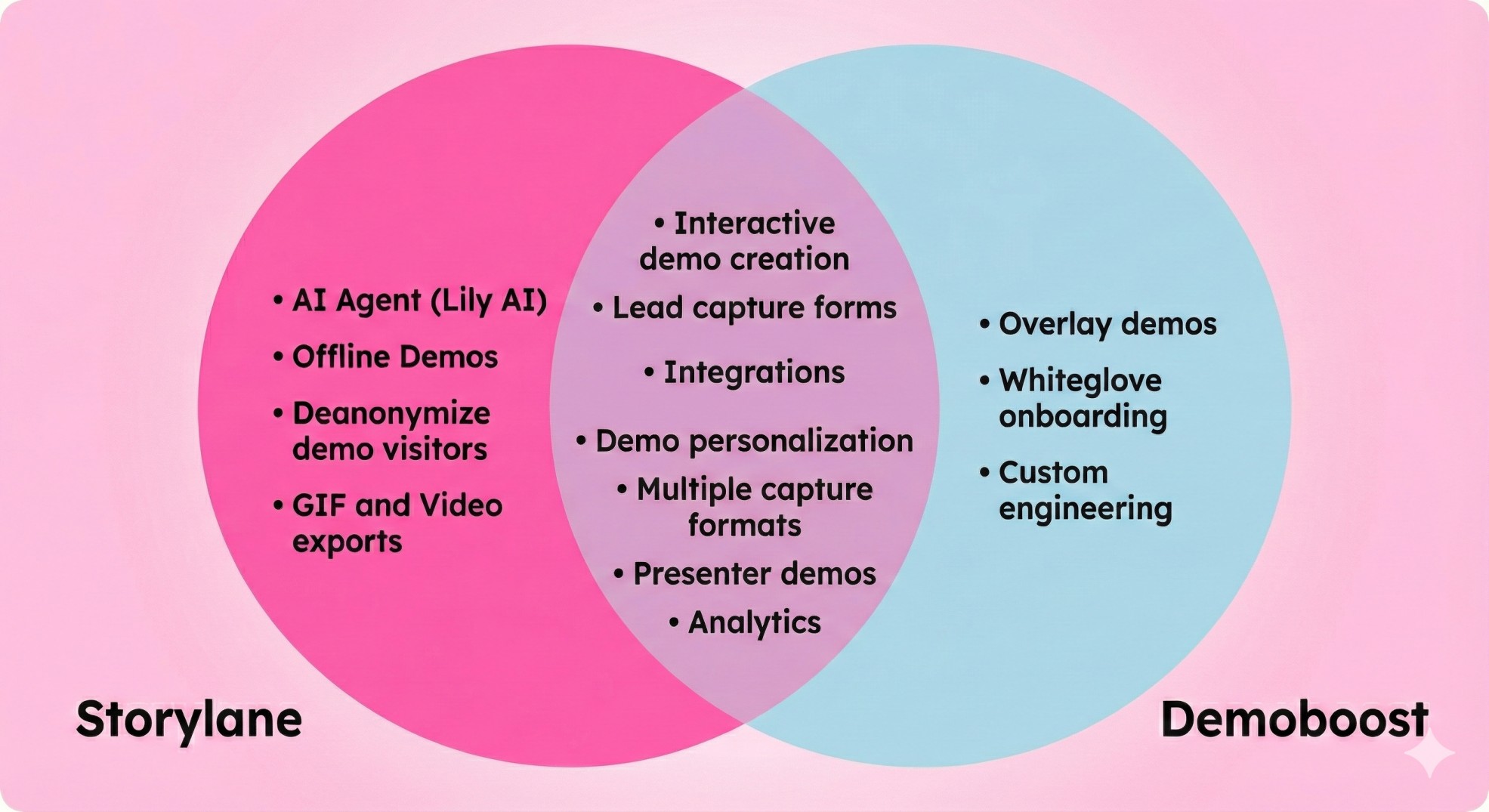
.webp)
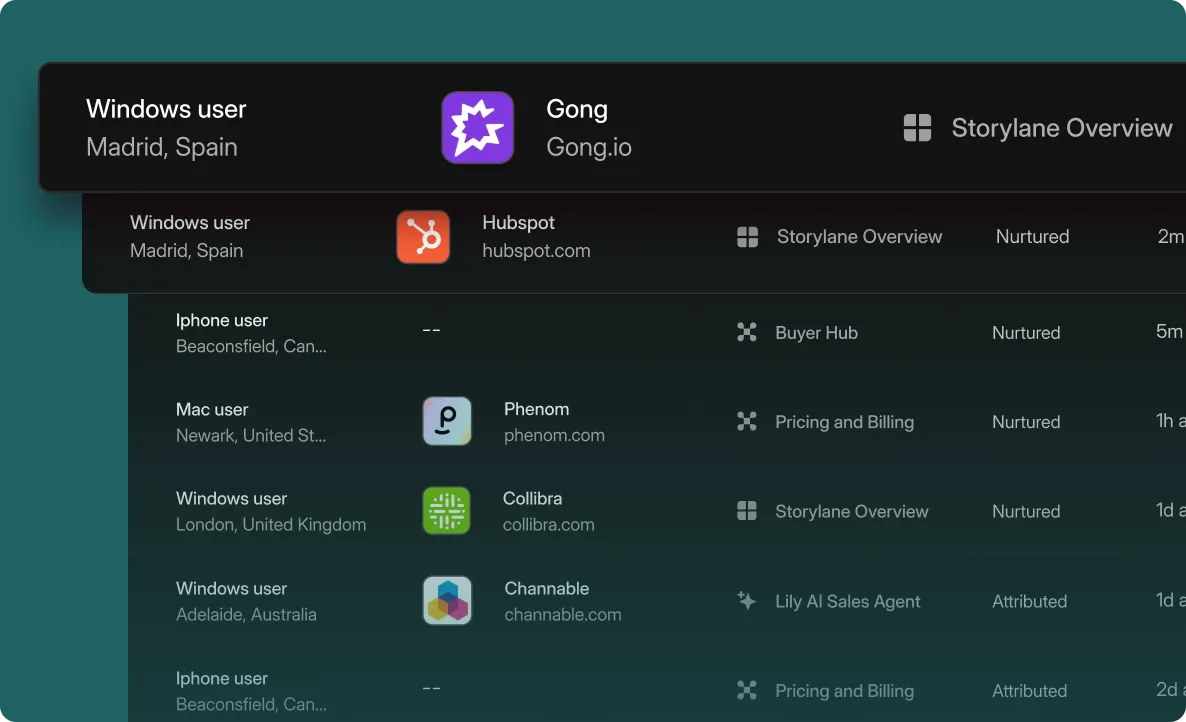
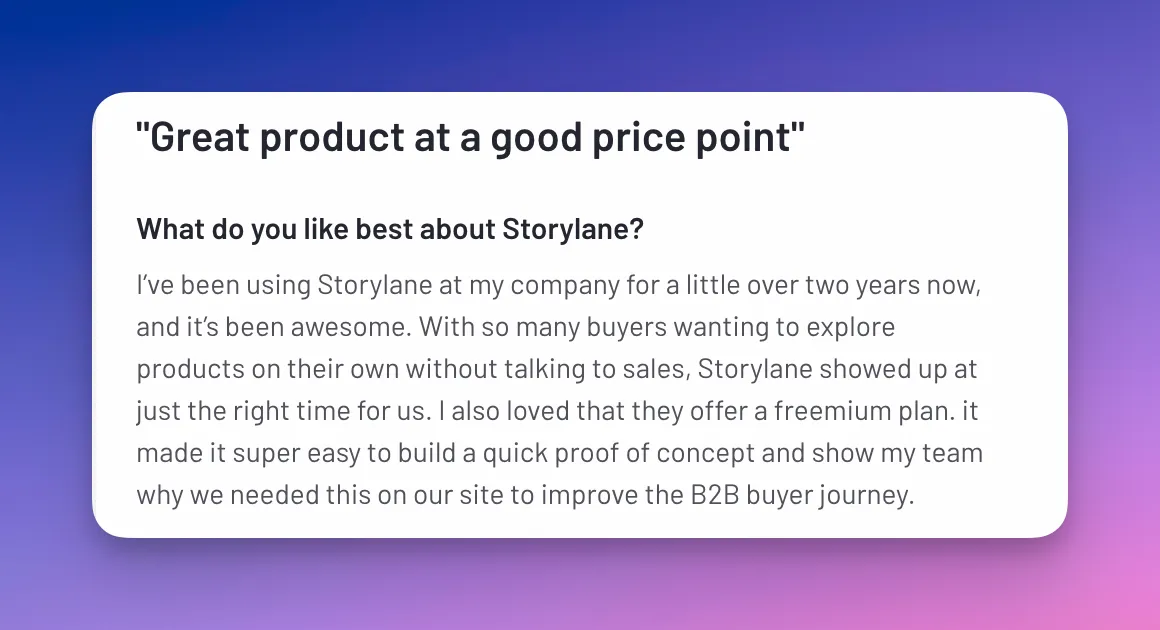

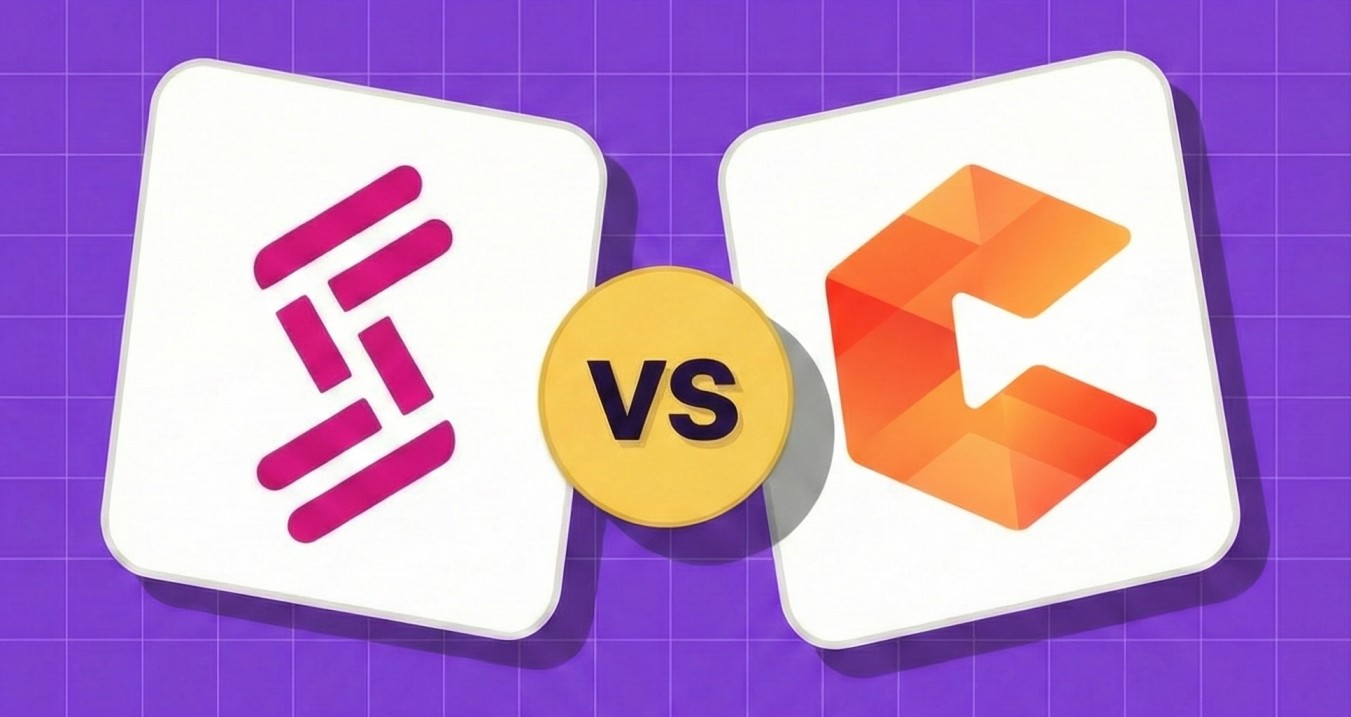
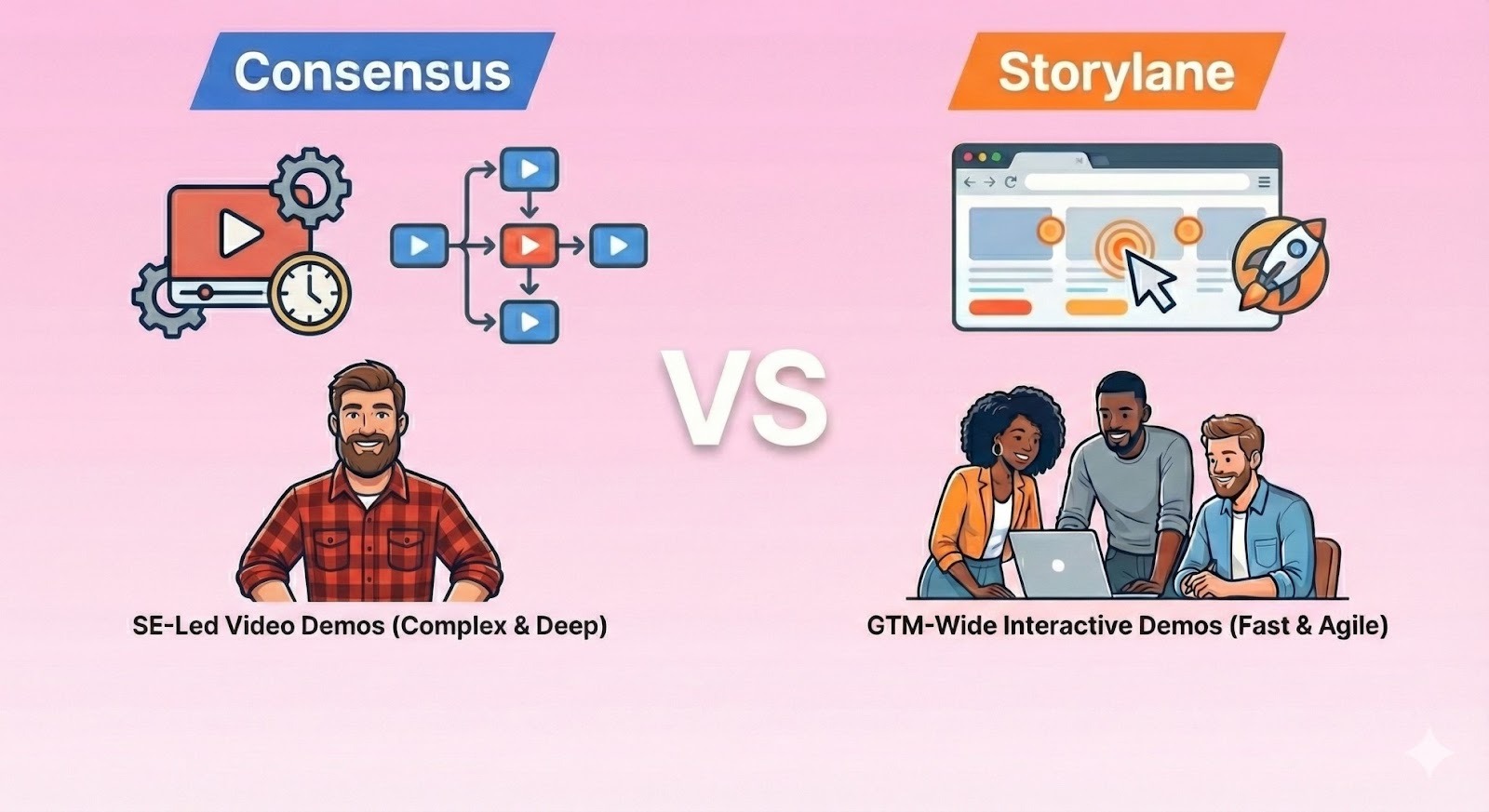
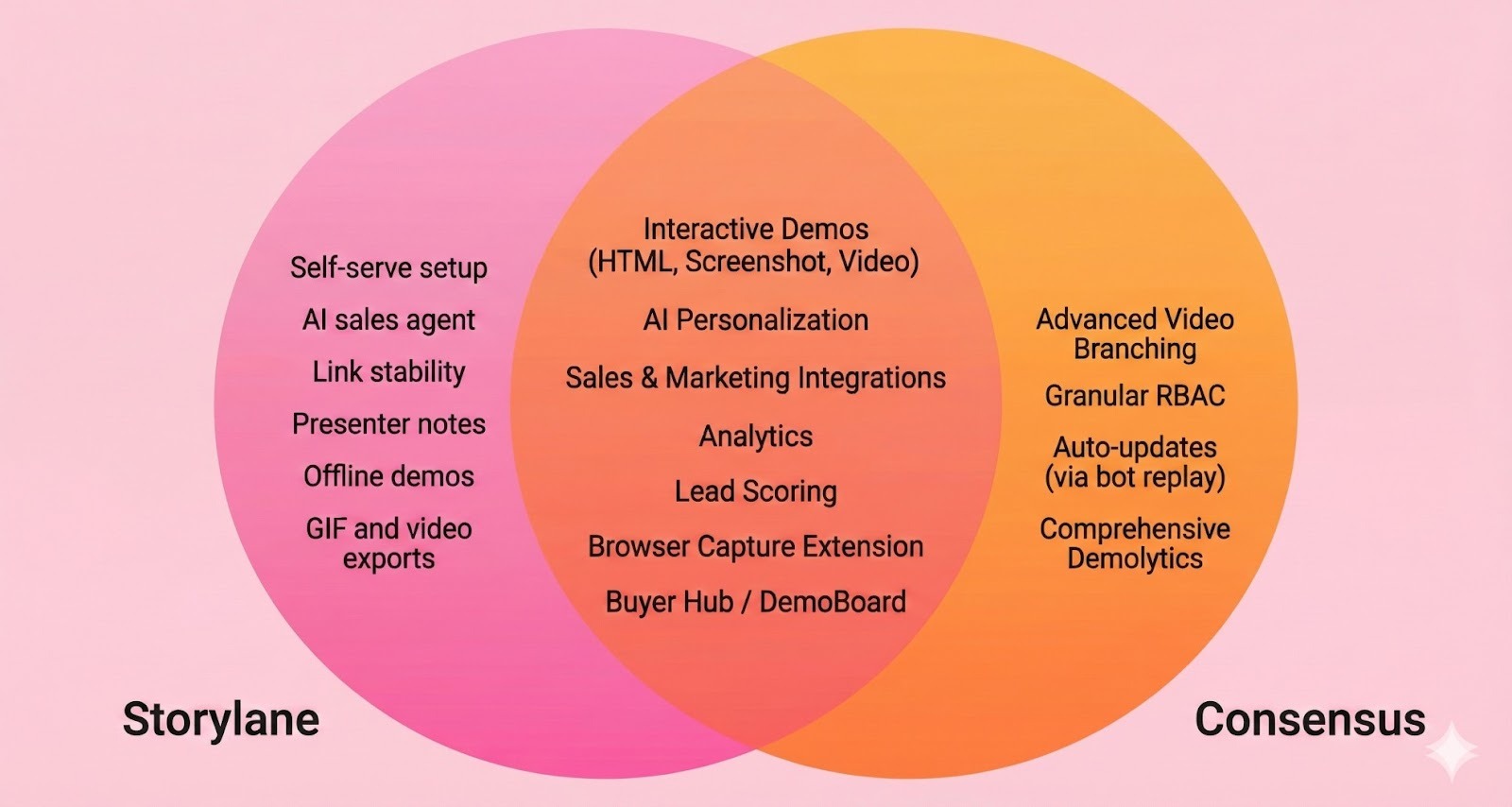
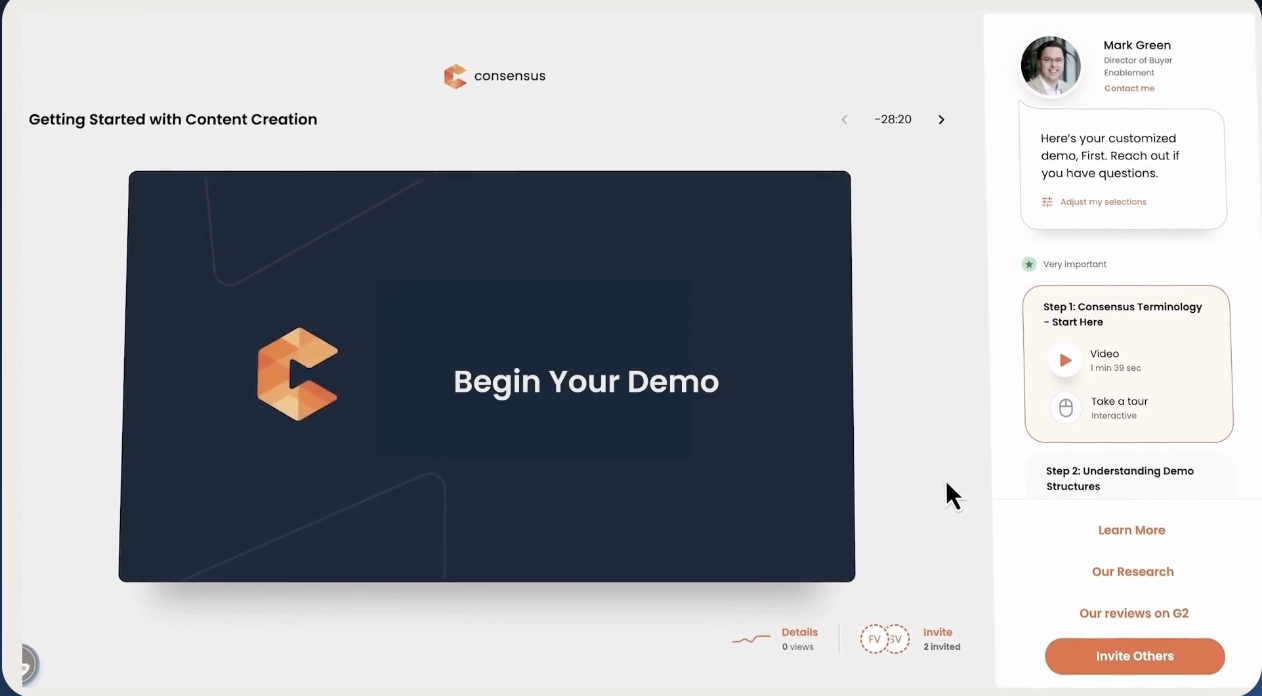
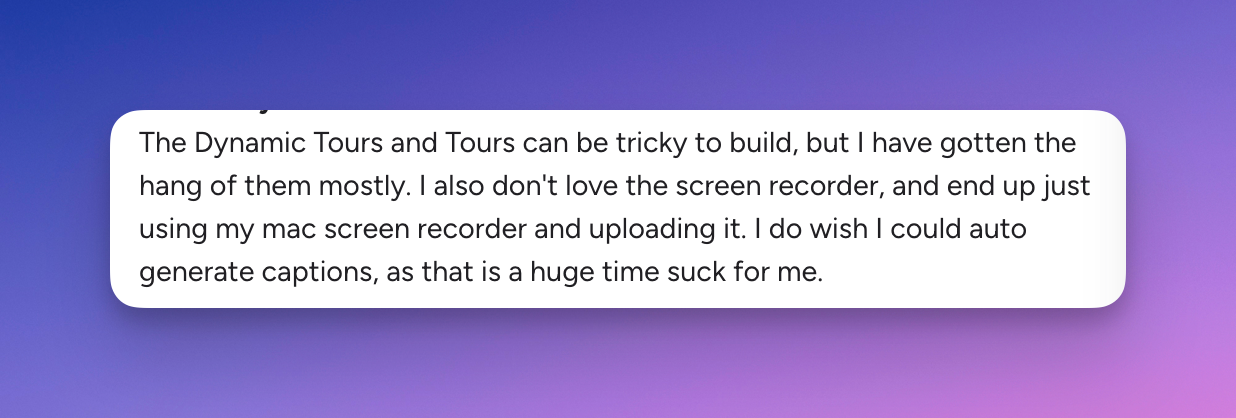
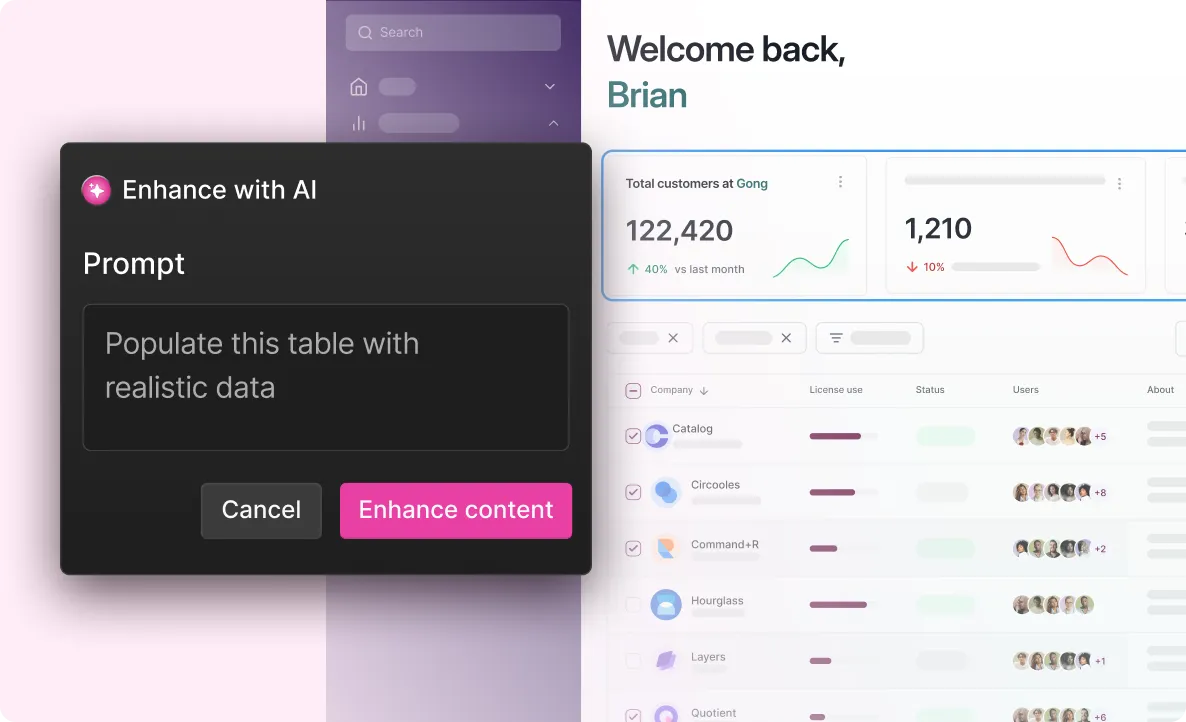

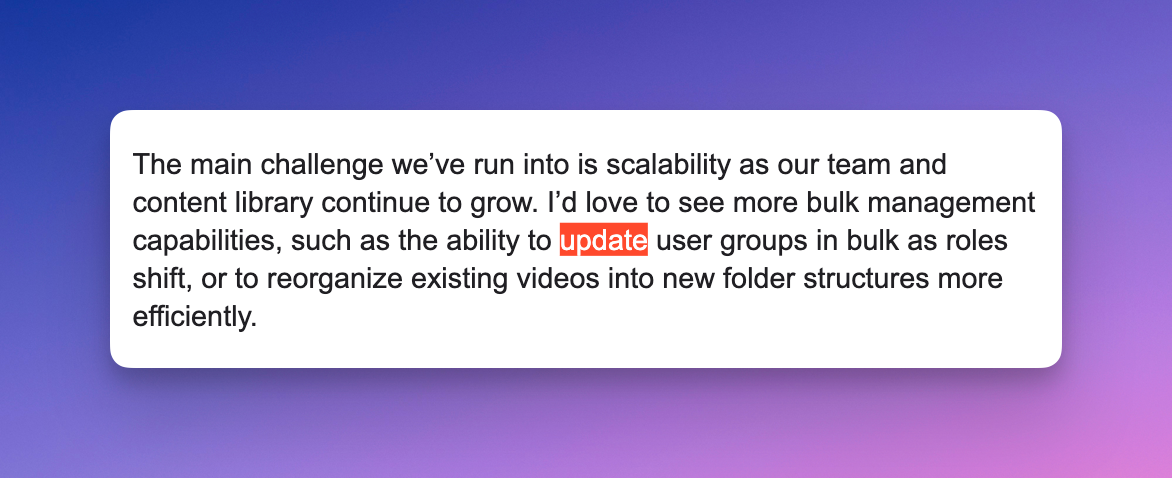







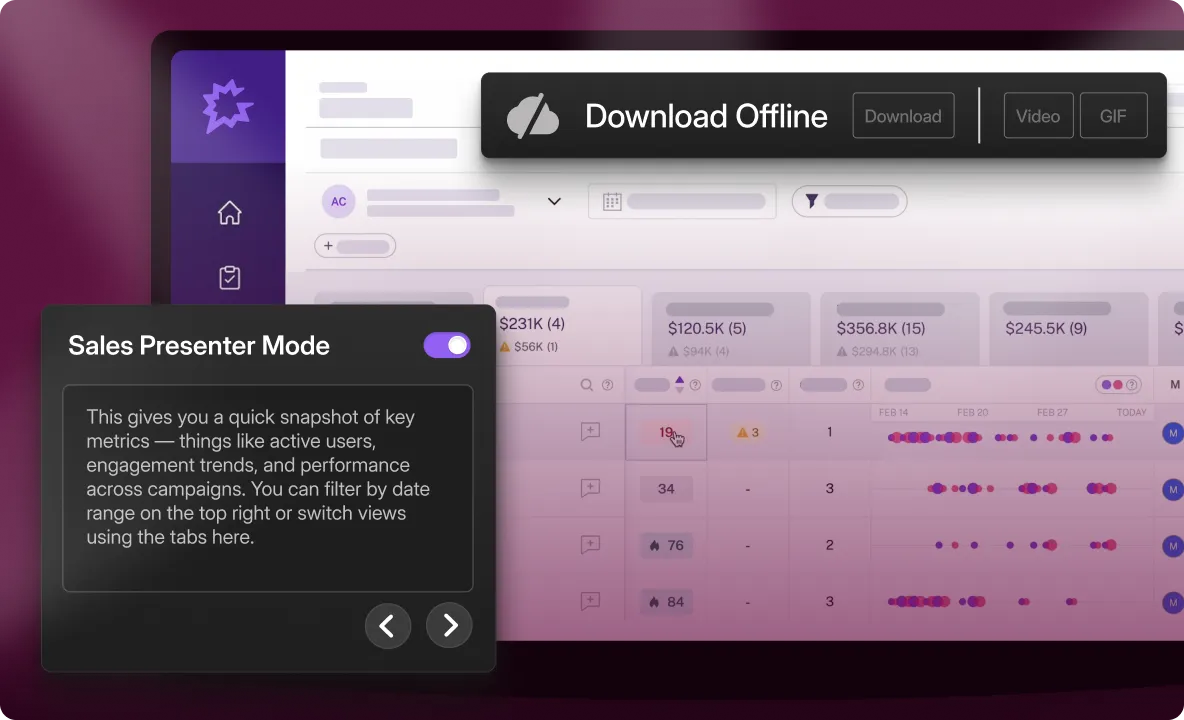
.svg)

.webp)